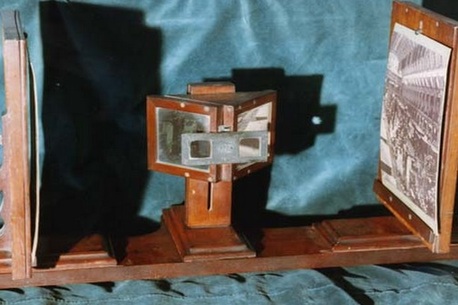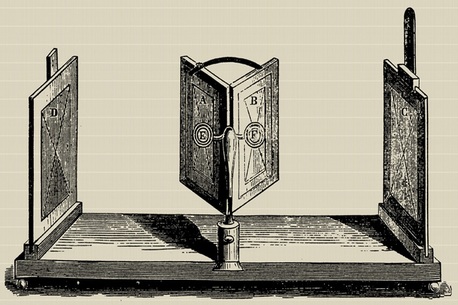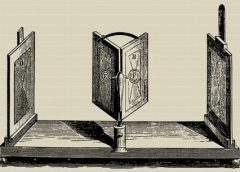
Headset: Wheatstone Stereoscope
Manufacturer: Charles Wheatstone
Launch Date: 1823
Estimated Value: $200,000 – $500,000
Charles Wheatstone was born two centuries ago, but one instrument he invented continues to influence the scientific lives of many researchers in VR. That invention was of course the Wheatstone Stereoscope. At the time it opened a new world for the study of binocular vision. That world was the laboratory and with the aid of the stereoscope, the methods of physics could be applied to the investigation of spatial vision. Wheatstone was able to manipulate the pictures presented to each eye and observe the depth that was produced.
The Stereoscope (the term “stereoscope” or “stereograph” is taken from the Latin root word “stereo” (meaning solid body), “Skopion” (meaning to see) and “graph” to scib or write.) was invented by Charles Wheatstone back in 1838 and looks nothing like a VR headset or indeed any HMD we know today. But the use of the stereoscope effect is essential in today’s HMD’s, particularly virtual reality ones.

At the start of its life (stop me if this sounds familiar) people thought it was a gimmick and the cameras at the time didn’t capture the stereoscopic images meaning even back then the tech had not caught up with the dream. But yet, in the end, it did catch on and towards the late 1890s stereoscopic view glasses could be found in nearly every middle-class and upper-class household. Over the following years, other inventors took this tabletop device and made it portable, mobile and more user-friendly.
